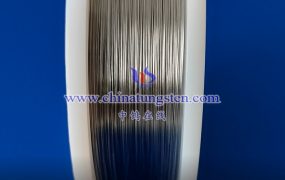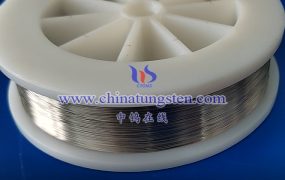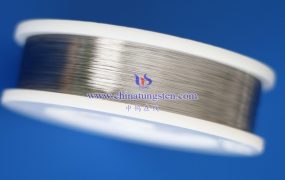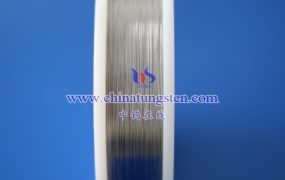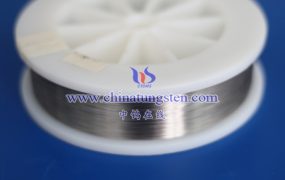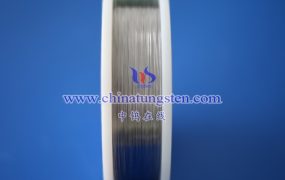The fatigue performance of black tungsten wire is characterized by “high-temperature stability, low-temperature brittleness, and thermal sensitivity,” with its lifespan influenced by surface condition, impurity content, and application environment.
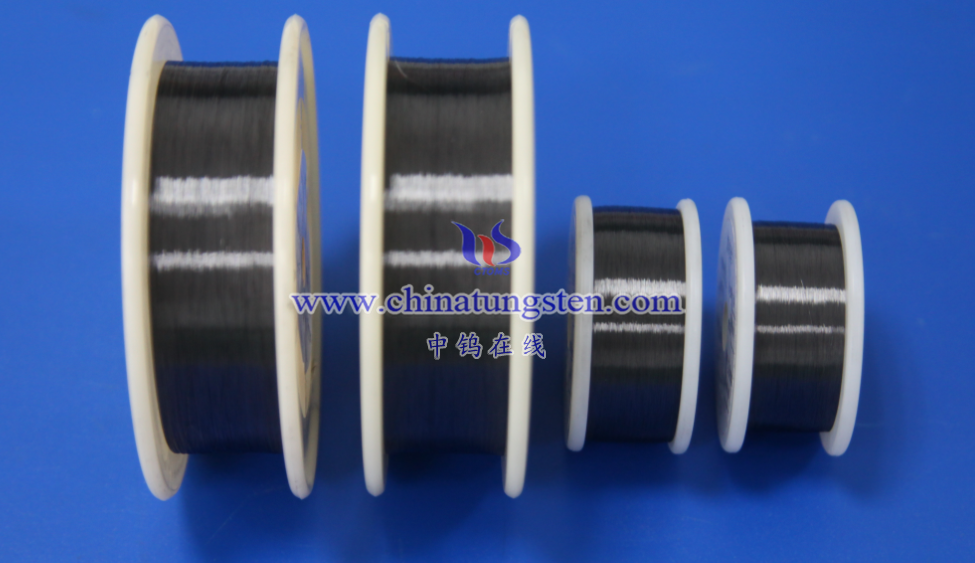
- Core Characteristics of Fatigue Performance
- High-Cycle Fatigue Resistance: Tungsten’s body-centered cubic (BCC) crystal structure maintains high elastic modulus and strength at elevated temperatures, making it resistant to cumulative plastic deformation under high-frequency cyclic stresses (e.g., vibration, thermal cycling). This results in good high-cycle fatigue life. For example, in electron tube filaments or vacuum devices, black tungsten wire can endure billions of thermal expansion-contraction cycles without fracturing.
- Low-Temperature Brittleness Risk: At low temperatures, tungsten is prone to brittle fracture, and fatigue crack propagation may accelerate due to reduced toughness. Consequently, the fatigue life of black tungsten wire may significantly decrease in low-temperature environments (e.g., liquid nitrogen temperatures).
- Thermal Fatigue Sensitivity: In scenarios with significant temperature fluctuations (e.g., high-temperature furnace heating elements), thermal stress becomes a dominant fatigue factor. Tungsten’s relatively high thermal expansion coefficient (approximately 4.5×10⁻⁶/°C) leads to the initiation and propagation of surface microcracks during repeated heating/cooling cycles, reducing fatigue life.
- Key Factors Affecting Fatigue Performance
- Surface Condition: The black surface of tungsten wire may result from carburization or an oxide layer. A carburized layer can increase surface hardness, but defects (e.g., pores, cracks) may serve as initiation points for fatigue cracks. Oxide layers (e.g., WO₃) may spall at high temperatures, increasing surface roughness and accelerating fatigue damage.
- Impurities and Defects: Impurities such as oxygen, carbon, or nitrogen in tungsten wire can form brittle phases (e.g., W₂C, WN), weakening grain boundary cohesion and promoting crack propagation. Additionally, defects like scratches or folds introduced during processing significantly shorten fatigue life.
- Stress Level and Frequency: High stress amplitudes accelerate crack initiation, while in low-stress, long-life fatigue scenarios (e.g., >10⁷ cycles), the fatigue limit of black tungsten wire may approach half its yield strength. The impact of stress frequency must be evaluated in conjunction with thermal effects, as high-frequency stress may cause localized temperature rises, exacerbating thermal fatigue.
- Fatigue Performance in Typical Applications
- Lighting (e.g., Halogen Lamp Filaments): Black tungsten wire endures high temperatures (>2500°C) and thermal cycling, with fatigue life primarily governed by thermal shock resistance. Doping with potassium (e.g., thoriated tungsten) increases the recrystallization temperature, delaying embrittlement due to grain growth and extending fatigue life.
- Electronic Devices (e.g., Vacuum Electron Tubes): In low-stress, high-vacuum environments, black tungsten wire can achieve a fatigue life of decades, with failure typically resulting from evaporation loss rather than fatigue fracture.
- High-Temperature Structural Components (e.g., Heating Elements): Over prolonged use, black tungsten wire may fail due to the combined effects of oxidation, creep, and fatigue. For example, at 1800°C, its fatigue life may be reduced to a few thousand hours.
- Methods to Improve Fatigue Performance
- Surface Treatment: Applying protective coatings via chemical vapor deposition (CVD) or physical vapor deposition (PVD), such as SiC or Al₂O₃, can suppress oxidation and crack propagation.
- Alloying: Adding rhenium (Re) significantly increases tungsten’s recrystallization temperature and toughness, reducing fatigue sensitivity. For instance, W-Re alloys exhibit several times the fatigue life of pure tungsten at high temperatures.
- Optimized Processing Techniques: Cold working processes like swaging or drawing refine grain structure, and intermediate annealing relieves residual stresses, reducing crack initiation sites.
More details of tungsten wire, please visit website: http://www.tungsten-wire.com.cn/
Please contact CHINATUNGSTEN for inquiry and order of tungsten wire:
Email: sales@chinatungsten.com
Tel.: +86 592 5129595
